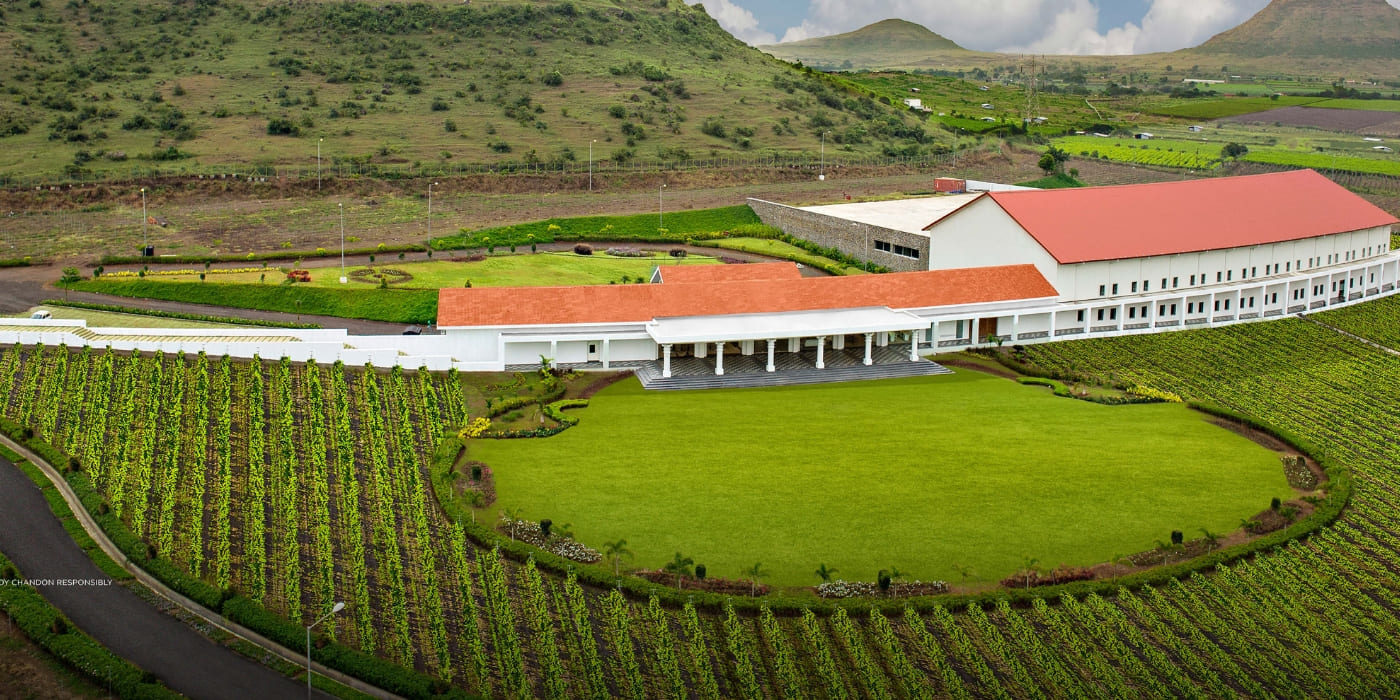The Indian wine market surely has improved over the past five years. Recently I came across an intellectual debate between 4 of the biggest names in the wine industry. Conducted by Mrs Sonal Holland, MW (Master of wine), the debate focused on the route India should take to become a wine market worth 5000 CR. The guest panel consisted of Ravi Vishwanathan, Chairman of Grover Zampa Vineyard Ltd, Gaurav Sekhri from Fratelli Vineyards and Subash Arora, a world-renowned wine critic. This review of the debate would be broken down into multiple blogs. Follow the link at the end.
Along with having the best demographic dividend in the world, there are other areas in the Indian wine market that have gradually improved over the past 5 years. As an outsider, Mr Vishwanathan elaborated on a couple of points. As per him, it was very easy to critique Indian wines in the past, but now they can be put in comparison with multiple international wines without hesitation. With the growth in innate talent and local professionals, Indian wineries have been able to achieve this with ease. Indian wines grown under tropical climatic conditions can be put on par with other established tropical countries like Chile, Australia or even China, where the focus of the market is more on volume rather than quality.
India has seen the best use of tropical viticulture in the world by far. Experimenting with the right grape varieties has allowed wineries to establish their uniqueness in local as well as international markets. Educating the farmers, incentivizing them and being as ‘Atma Nirbhar’ (self-reliant India) as possible has allowed the market to create an image of its own. Using a mixed bag of modern and traditional methods in their winemaking and viticulture aids the industry in achieving a 5000cr market. From the introduction of concrete tanks and amphora (Clay pots) to the use of drones and Artificial Intelligence in viticulture, fosters the idea of constant change in the industry. “You can change technology but not terroir”, but with the right technology, we can make use of the terroir to the fullest.

Wine production in India has fallen by 20-25% in 2020 owing to the reduction in the availability of grapes following the erratic monsoon in 2019 and of course due to COVID-19 related lockdown. For the larger players, production outputs have been stable. Wine sales have remained more or less constant while the rest of the industry saw declines in the Fiscal Year 2020. Multiple companies have joined hands with big players. One of the biggest collaborations was of Four Seasons in Baramati, Pune with Grover Zampa Vineyards Ltd. By expanding their production in collaboration with local wineries, big producers have taken over the market.
Consumers in India are always educating themselves about wine and it is safe to say the idea of wine consumption has changed over the past decade. Producers are adapting to the evolving market by surprising customers with either exotic varietals or unique winemaking techniques. Varietals like Grillo and Nero d’Avola have been introduced by Reveilo Vineyards. Fratelli Vineyards have blended a fabulous sparkling wine with Gewürztraminer, Muller Thurgau, and Chenin Blanc. Sula Vineyards have started using Grenache rosé and have made progress. Grover Zampa Vineyards are introducing wines using Amphora (clay pots) with their Shiraz and Riesling with concrete tanks.
Being self-reliant in these harsh times have enabled wine producers to cut costs and helped make an industry reach greater heights that were recently on the verge of a collapse. Talent and innovation alone cannot help achieve a 5000 CR market, there are other factors that can help enable a clearer path. (click on the link for the next blog).